Allisonkitten - Here, Have Some Space
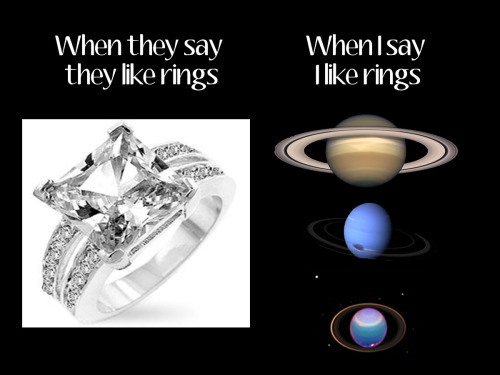
More Posts from Allisonkitten and Others
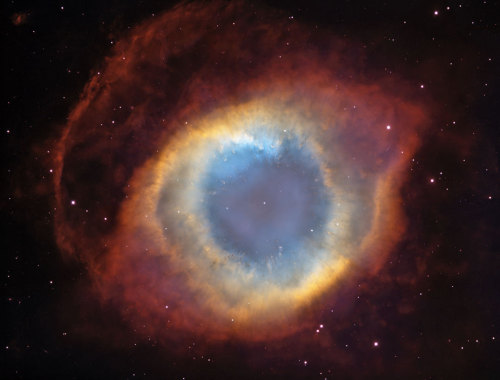
Helix Nebula
Need
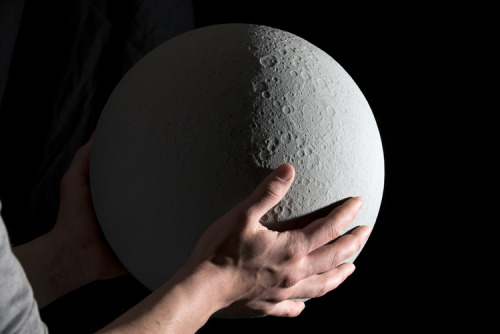
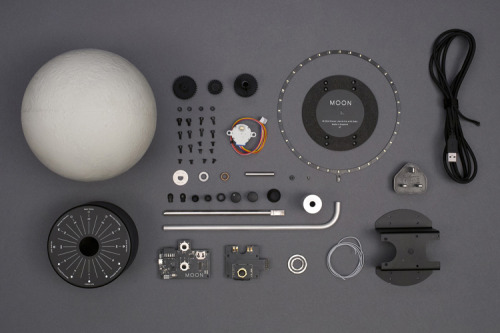
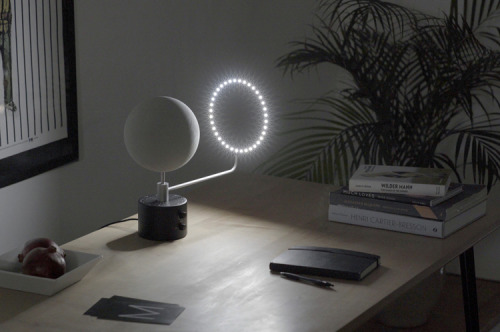
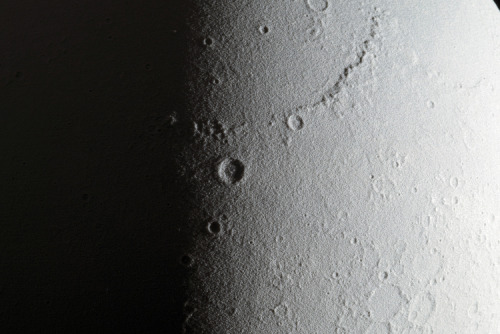
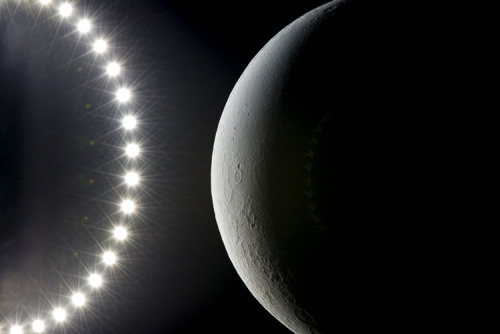
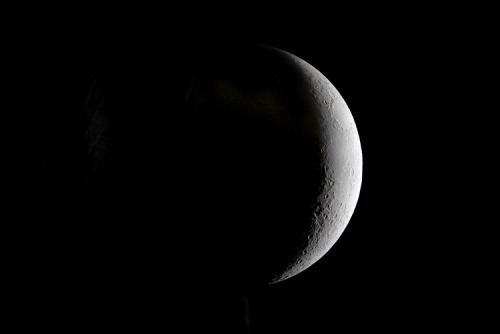
ACCURATE 3D-PRINTED LUNAR GLOBE
French artist Oscar Lhermitte and Kudu studio have teamed up to realize a perfet 1:20,000,000 scale mode of the moon. Moon is a topographically accurate lunar globe displaying the current Moon phase at any given time.
The project involves the use of the latest data from NASA’s Lunar Reconnaissance Orbiter combined with advanced electronic and mechanical engineering paired with careful craftsmanship in mould making. This results in a truly accurate copy of the Moon with surface’s features in every detail.
With the use of algorithms, a ring of LEDs follows in real time the path of the Moon and constantly lits its correct face, recreating the lunar phases as seen from Earth. Learn more about the product on its Kickstarterpage.
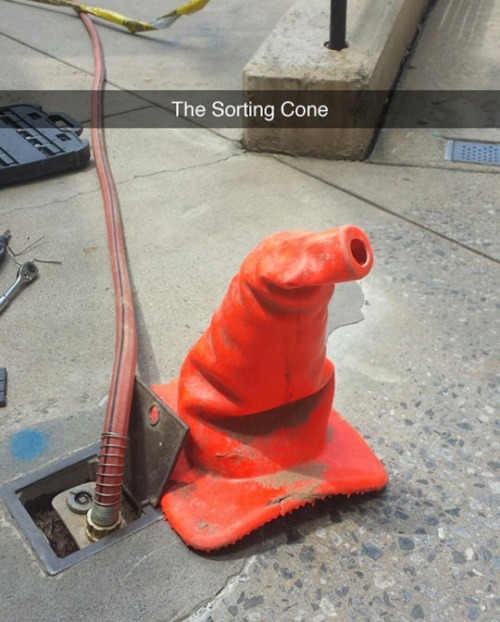
I think I need this for my birthday this year

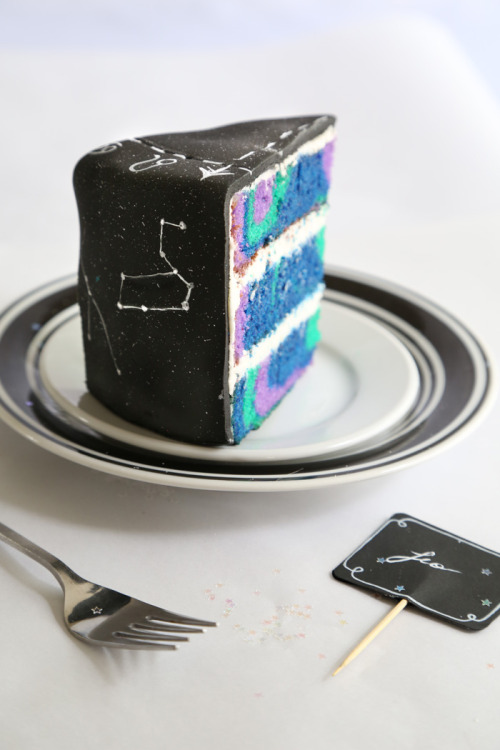
Zodiac Constellation Cake
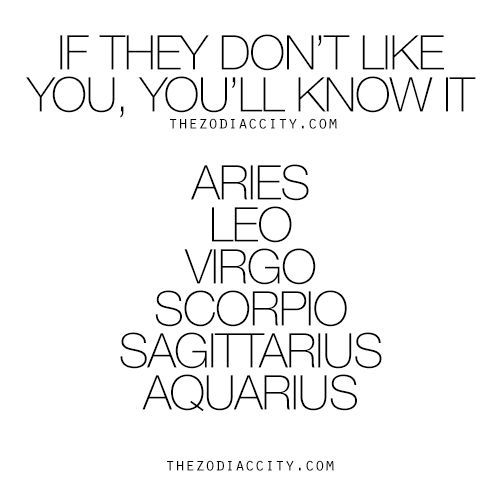
“Don’t think of night as the absence of day; think of it as a kind of freedom. Turned away from our sun, we see the dawning of far flung galaxies. We are no longer sun blinded to the star coated universe we inhabit.
Diane Ackerman, A Natural History of the Senses (via beautyandtheuniverse)
What’s Up for October?

This month is filled with exciting celestial sights. Here are 10 targets you can view this month:
10. Unusual Sunset

During a sunset, our thick atmosphere absorbs most colors of sunlight, but red light is absorbed the least. Rarely, green flashes can be seen just above the sun’s edge. As the last sliver of the disk disappears below the horizon, be sure to watch its color.
9. Belt of Venus

Just after sunset, turn around and face east. A dark shadow will move up from the horizon and gradually cover the pinkish sky. This is caused from the Earth itself blocking the sunlight and is called the Earth Shadow or the Belt of Venus.
8. Crepuscular Rays

Also just after sunset, or before dawn, you may see rays of sunlight spread like a fan. These are called crepuscular rays and are formed when sunlight streams through gaps in the clouds or mountains.
7. Aurora Borealis

The northern lights, also known as the aurora borealis, are caused by collisions between gaseous particles in Earth’s atmosphere and charged particles released from the sun. The color of the lights can changed depending on the type of gas being struck by particles of solar wind. You can find out when and where to expect aurorae at the Space Weather Prediction Center.
6. Andromeda Galaxy

Did you now that The Andromeda Galaxy is one of the few you can actually see with your naked eye? In October, look nearly overhead after sunset to see it! This galaxy is more than twice the apparent width of the moon.
5. Moon Features

Nights in mid-October are excellent for viewing the features on the moon. Areas like the Sea of Tranquility and the site of the 1969 Apollo 11 landing will be visible.
4. A Comet

This month, the European Space Agency’s Rosetta mission target, a comet with a complicated name (Comet 67P Churyumov-Gerasimenko), is still bright enough for experienced astronomers to pick out in a dark sky. On October 9, you may be able to spot it in the east near the crescent moon and Venus.
3. Meteor Showers

There are multiple meteor showers this month. On the 9th: watch the faint, slow-moving Draconids. On the 10th: catch the slow, super-bright Taurids. And on the 21st: don’t’ miss the swift and bright Orionids from the dust of Comet Halley.
2. Three Close Planets

On October 28, you’ll find a tight grouping of Jupiter, Venus and Mars in the eastern sky before sunrise.
1. Zodiacal Light

The Zodiacal light is a faint triangular glow that can be seen from a dark sky after sunset or before sunrise. What you’re seeing is sunlight reflecting off dust grains that circle the sun in the inner solar system. These dust grains travel in the same plane as the moon and planets as they journey across our sky.
For more stargazing tools visit: Star Tool Box
Make sure to follow us on Tumblr for your regular dose of space: http://nasa.tumblr.com

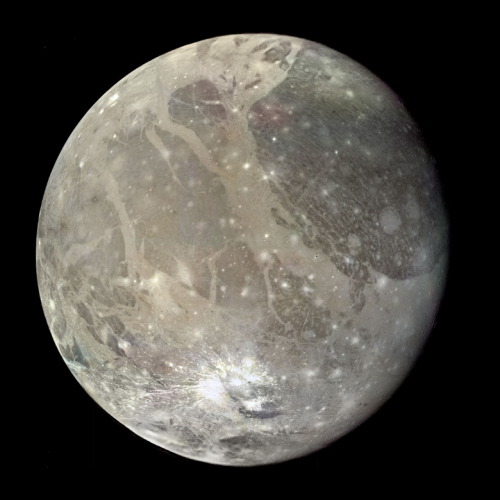
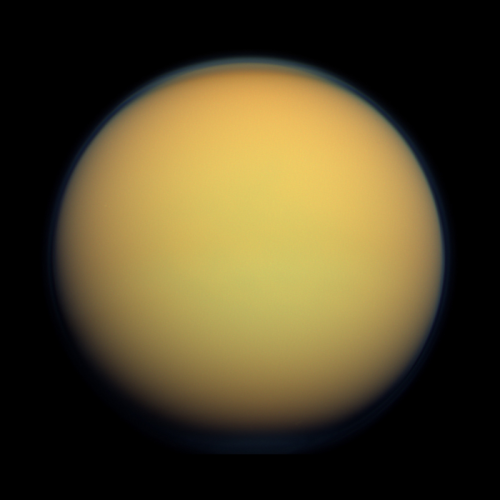
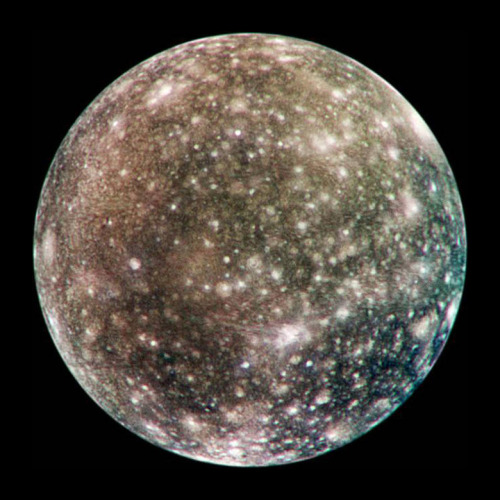
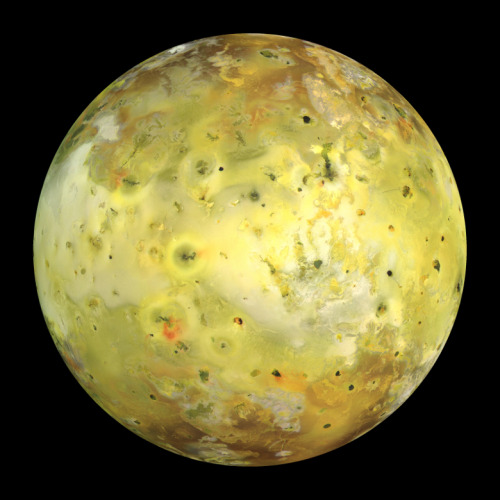
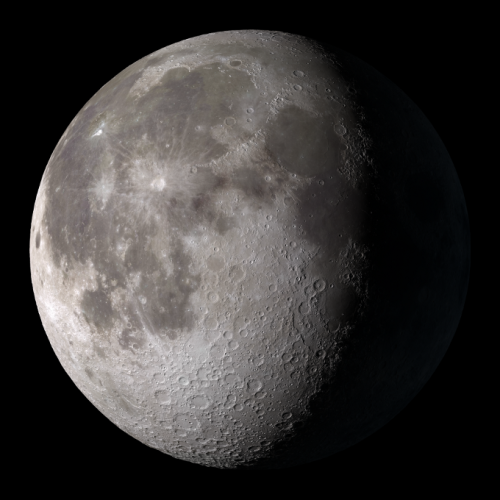
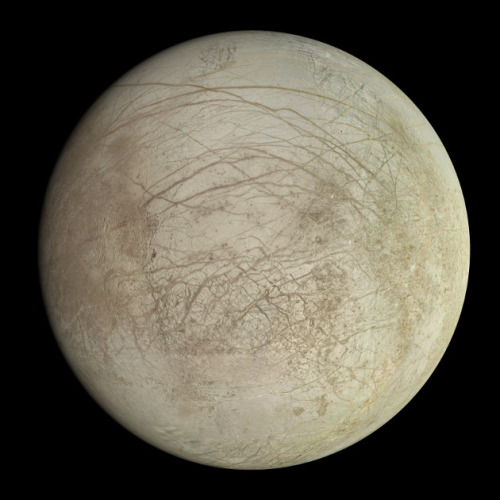
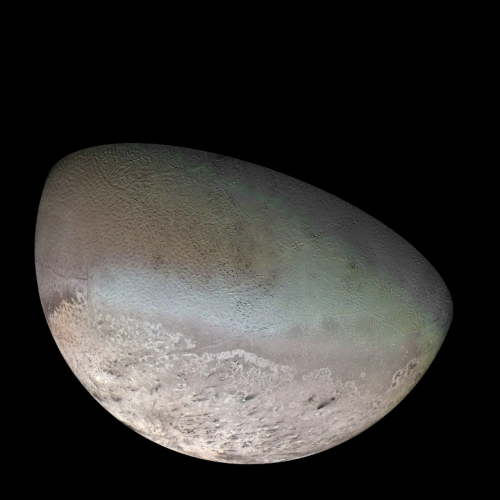
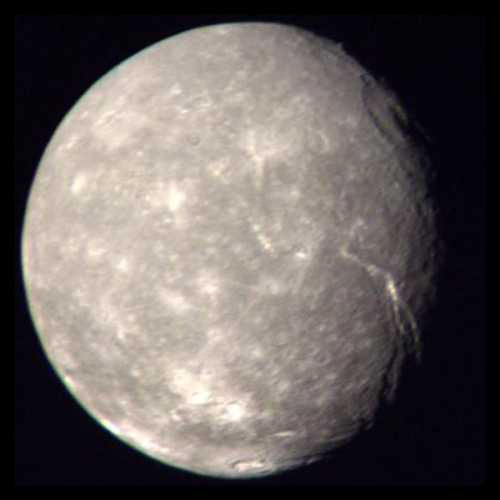
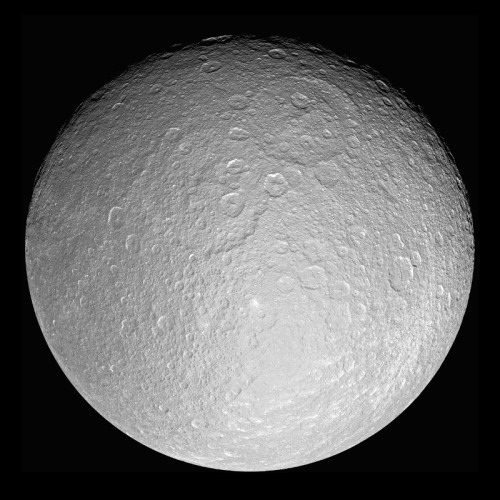
The Largest Moons in the Solar System
Ganymede: Orbits Jupiter, Diameter 5,262 km
Titan: Orbits Saturn, Diameter 5,150 km
Callisto: Orbits Jupiter, Diameter 4,821 km
Io: Orbits Jupiter, Diameter 3,643 km
The Moon: Orbits Earth, Diameter 3,475 km
Europa: Orbits Jupiter, Diameter 3,122 km
Triton: Orbits Neptune, Diameter 2,707 km
Titania: Orbits Uranus, Diameter 1,578 km
Rhea: Orbits Saturn, Diameter 1,529 km

-
 aureliamorningstar24 liked this · 4 years ago
aureliamorningstar24 liked this · 4 years ago -
 but-youre-so-old liked this · 5 years ago
but-youre-so-old liked this · 5 years ago -
 sendmebacktomysecondlife liked this · 5 years ago
sendmebacktomysecondlife liked this · 5 years ago -
 lioraswife liked this · 5 years ago
lioraswife liked this · 5 years ago -
 gamhse-ta liked this · 6 years ago
gamhse-ta liked this · 6 years ago -
 fuckface-disaster liked this · 6 years ago
fuckface-disaster liked this · 6 years ago -
 cannibalgh0st liked this · 7 years ago
cannibalgh0st liked this · 7 years ago -
 littledemon2600 liked this · 7 years ago
littledemon2600 liked this · 7 years ago -
 deafinatlyme liked this · 7 years ago
deafinatlyme liked this · 7 years ago -
 amary-illis liked this · 7 years ago
amary-illis liked this · 7 years ago -
 peachtimelord liked this · 8 years ago
peachtimelord liked this · 8 years ago -
 soy-un-agujero-de-gusano liked this · 8 years ago
soy-un-agujero-de-gusano liked this · 8 years ago -
 mcgoogle96-blog liked this · 9 years ago
mcgoogle96-blog liked this · 9 years ago -
 avichyssoise liked this · 9 years ago
avichyssoise liked this · 9 years ago -
 loveoutlawqueen reblogged this · 9 years ago
loveoutlawqueen reblogged this · 9 years ago -
 loveoutlawqueen liked this · 9 years ago
loveoutlawqueen liked this · 9 years ago -
 writing-zepher reblogged this · 9 years ago
writing-zepher reblogged this · 9 years ago -
 intrepid191 liked this · 9 years ago
intrepid191 liked this · 9 years ago -
 imeanifyouwannafightaboutit liked this · 9 years ago
imeanifyouwannafightaboutit liked this · 9 years ago -
 lordchicken reblogged this · 9 years ago
lordchicken reblogged this · 9 years ago -
 sidewalkscienceguy reblogged this · 9 years ago
sidewalkscienceguy reblogged this · 9 years ago -
 sidewalkscienceguy liked this · 9 years ago
sidewalkscienceguy liked this · 9 years ago -
 etherealremnantsofasepulcraleden liked this · 9 years ago
etherealremnantsofasepulcraleden liked this · 9 years ago -
 s-adam-blog1 liked this · 9 years ago
s-adam-blog1 liked this · 9 years ago -
 merisela liked this · 9 years ago
merisela liked this · 9 years ago -
 whoareyoumucheicho liked this · 9 years ago
whoareyoumucheicho liked this · 9 years ago -
 ravenclaw-rawr reblogged this · 9 years ago
ravenclaw-rawr reblogged this · 9 years ago -
 infjnerdgirl-blog reblogged this · 9 years ago
infjnerdgirl-blog reblogged this · 9 years ago -
 infjnerdgirl-blog liked this · 9 years ago
infjnerdgirl-blog liked this · 9 years ago -
 daltonsconspiracy reblogged this · 9 years ago
daltonsconspiracy reblogged this · 9 years ago -
 allisonkitten reblogged this · 9 years ago
allisonkitten reblogged this · 9 years ago -
 heymadisonthompson liked this · 9 years ago
heymadisonthompson liked this · 9 years ago -
 legendsareinfinite reblogged this · 9 years ago
legendsareinfinite reblogged this · 9 years ago -
 summer-magnolias liked this · 9 years ago
summer-magnolias liked this · 9 years ago -
 asstroalex liked this · 9 years ago
asstroalex liked this · 9 years ago -
 heymadisonthompson reblogged this · 9 years ago
heymadisonthompson reblogged this · 9 years ago -
 watsit2u1-blog reblogged this · 9 years ago
watsit2u1-blog reblogged this · 9 years ago -
 cosmicmazapan liked this · 9 years ago
cosmicmazapan liked this · 9 years ago -
 celestial-force reblogged this · 9 years ago
celestial-force reblogged this · 9 years ago -
 nesw liked this · 9 years ago
nesw liked this · 9 years ago
Just a socially awkward college student with an interest in the celestial bodies in our universe.
279 posts